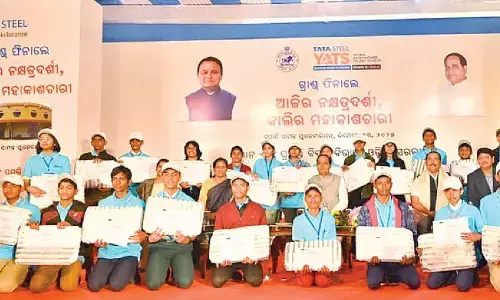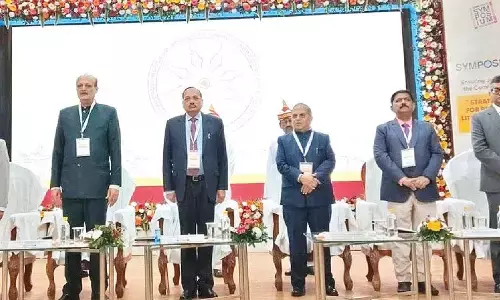How annuity in NPS is not such a bad idea for retirement savings

How annuity in NPS is not such a bad idea for retirement savings
When pondering about retirement most individuals try to assess and make a goal of attaining a particular corpus.
When pondering about retirement most individuals try to assess and make a goal of attaining a particular corpus. But it's just the beginning of the journey not the destination as one has to give equal importance in distribution of that corpus to ensure the desired lifestyle is maintained for the rest of the life.
That's the reason planners suggest a basket or a portfolio of options to create the corpus as the proceeds from them would stand in good stead over a period. While there are reams of literature and eyeballs available on the accumulation front of the retirement corpus, less attention is drawn on how to ensure the distribution phase is honoured.
Traditionally, people used to own multiple real estate properties so that the rental income fetches a consistent inflow over long periods particularly during retirement. While it has its own advantages it comes with issues of tenancy occupation, quality, etc., issues and the upkeep of the property costs.
In a similar fashion, if one were to look for inflows post-retirement through financial instruments then annuities are one such option. While the accumulation strategy involves multiple instruments like provident fund (PF), equity investments, mutual funds (MF), bonds, bank fixed deposits, insurance plans, etc. the distribution from these would, however, remain challenge.
And when one also considers the tax angle to the receipts along with the inflationary adjustment then it could turn a bit complicated. Of course, the retirement plans where money is paid on a periodic interval and SWP (Systematic Withdraw Plan) on Mutual Funds (MF) are the other options.
Among the few options which transform from wealth creation to distribution, National Pension Scheme aka NPS is one of the most convenient. The NPS was initially introduced as a replacement to the state sponsored pension of its employees, which subsequently opened for the public for the benefit of their retirement savings.
This allows one to contribute up to the age of 60 and then utilize for the enhanced corpus for post-retirement income. The plan was later provided with options to part withdraw on special occasions like children's marriage, own or children's education, house construction or medical exigencies.
The caveat is that the subscriber has a vintage of at least 10 years with the NPS and a minimum gap of five years between each withdrawal which however wouldn't apply for treatment of specific illnesses.
As a subscriber to the NPS, one could benefit from the tax savings at the time of contribution u/s 80CCD up to an investment of Rs50,000 in a financial year. This is over and above the contribution limit of Rs1.5 lakh eligible u/s 80C of the Income-Tax (I-T).
The maximum tax exemption at the time of contribution is capped at Rs2 lakh (combination of both the sections). The age of retirement is treated as 60 at which the contribution also stops, while an option to stay invested till age 70 i.e., without making any withdrawals.
The annuity that is received at maturity or at the time of opting would be considered as income and taxed as per the individual tax slabs. The government has recently provided an exemption on taxation for withdrawal up to 40 per cent of the accumulated wealth at the time of retirement.
Non-Resident Individuals (NRI) are also eligible to invest in NPS. It comes with two accounts: Tier-I and Tier-II. Tier-II is a voluntary account and thus comes with no tax benefits or restrictions to the withdrawal, etc.
The earlier mentioned parameters are applicable to only the Tier-I accounts of NPS. The minimum contribution into these accounts is Rs500 and Rs1000 respectively for Tier-I and Tier-II. A NPS subscriber must have at least a 40 per cent of the maturity to be withdrawn through an annuity.
There are various annuity options available currently which allow the subscriber to enjoy their wealth for their entire life or for their dependent's life and with or without return of purchase price.
A quick comparison on the existing annuities, available on the NSDL site, gives a snapshot of the existing possibilities. For an investor who's 40-year-old could enjoy an annuity for life at as high as 6.22 per cent with return of the purchase price (i.e., return of accumulated corpus at the time of death) and on a join annuity (covering till the end of spouse's life) could enjoy a return of 5.93 per cent.
The annuity returns without return of the purchase price stands at 6.41 per cent and 5.98 per cent respectively for life and joint life. A few months back, the PFRDA (Pension Fund Regulatory Authority of India) has generated buzz when inviting opinions to provide guaranteed return options in the annuity, paving way for such in future.
(The author is a co-founder of Wealocity, a wealth management firm and could be reached at [email protected])













